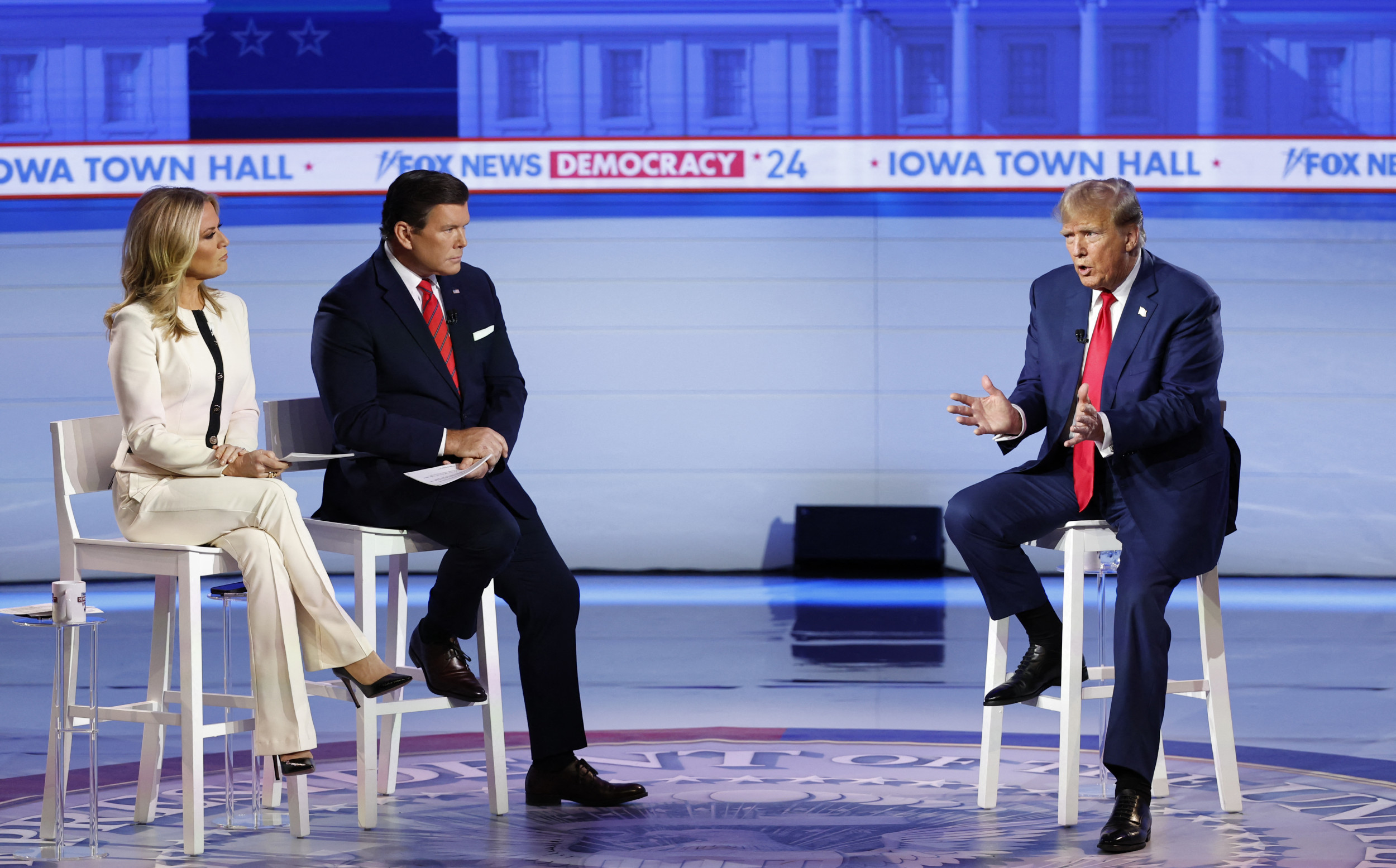It took until 5:34 a.m. Wednesday morning for the Associated Press to declare that, despite a number of swing states still being in flux, Donald Trump had won Wisconsin and with it, enough electoral votes to secure the presidency for a second four-year term.
Trump could also win the popular vote — the first Republican in two decades to do so. The outcome is a searing setback for Democratic nominee Vice President Kamala Harris, who underperformed Joe Biden’s 2020 results in key swing states, and who did not concede until Wednesday afternoon in an address to supporters . But what was behind Trump’s stunning win and Harris’ loss? Are Americans still not ready to elect a woman president? Or, was it Democrats’ ground game, spending too little time appealing to working-class voters and voters of color — two constituencies Trump successfully energized this election? Was Trump’s accusation-laced campaign on hot-button issues like transgender rights, immigration and border security another key to the high turnout he scored in rural areas? In Ohio, he improved his margin of victory to 11 points compared to 8 in his two prior elections.
Trump heads to the Oval Office next January as the first president-elect awaiting sentencing on felony charges, with the ability to influence Justice Department policy. Will that sentencing and other pending cases against him even go forward? And what of Trump’s assertions he’ll resolve the Ukraine and Gaza wars before he even takes off.
















:upscale()/2025/01/08/840/n/1922794/tmp_CS3Hyk_d03e1c4a00fa6d47_Basic_Collage-3-Main_-_1456x970_35_.jpeg)

